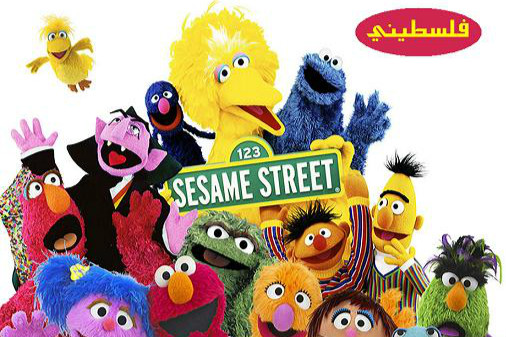Researchers from the Johns Hopkins Bloomberg School of Public Health Center for Communication Programs (JHU∙CCP) have created a new instrument to measure children’s television program exposure and recall.
The study examined the effect of Alam Simsim, the Egyptian version of the children’s educational television series Sesame Street. The findings are published in the Journal of Health Communication: International Perspectives.
The study tested children’s recognition of the primary characters of the program by asking them to point to their pictures as an unconventional measure of program exposure. Results showed that exposure to the entertainment education program was positively associated with learning and that the child-reported measure of exposure was a solid predictor of learning.
“Studying television’s health effects on children requires reliable and valid measures of exposure,” explained Maria Elena Figueroa, Director of Research and Evaluation at CCP and co-author of the study.
“Given that the ages of the children in the research ranged between four- and six-years, it is remarkable that their self-reports of exposure were so reliable. This has important implications for research on media effects, suggesting that character recognition is a valid instrument in measuring children’s exposure.”
Alam Simsim, an engaging television series for young children, is designed to teach about numeracy and literacy, in addition to promoting gender equality. Since its launch 1996, the program has added new content to support girls’ education, good hygiene practices and prevention of Avian Influenza.
The authors of Character Recognition as an Alternate Measure of Television Exposure Among Children: Findings From the Alam Simsim Program in Egypt include Figueroa, Rajiv Rimal and Douglas Storey.
Learn about JHU∙CCP’s Global Program on Entertainment Education.





